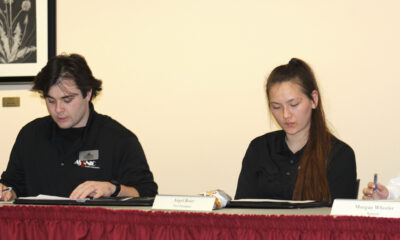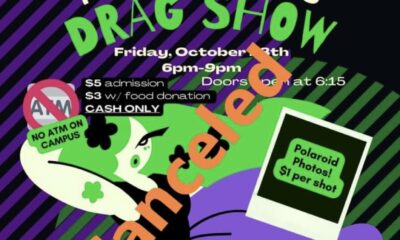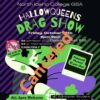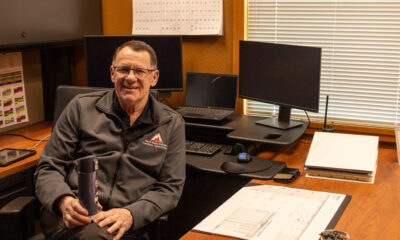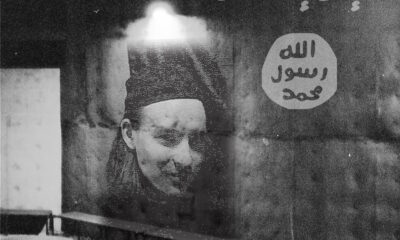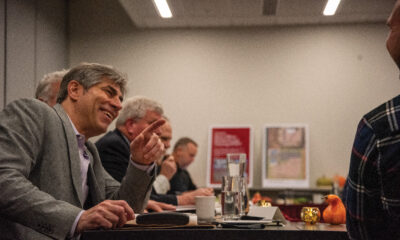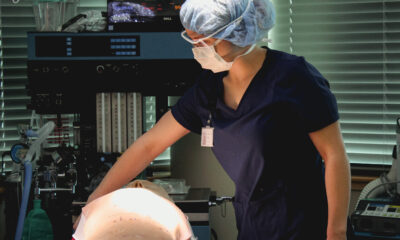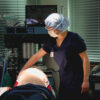As gas prices have risen, Citylink’s transportation system has become much more useful to many people, including NIC students. Citylink is a transportation system that has been active since November 2005. Citylink is the first free public transportation system in the United States to be operated cooperatively by the efforts of tribal and local governments.
This transportation system is funded partly by the Federal Transit System and partly by the Coeur d’Alene Tribe in order to provide transportation to all the people in the areas of Coeur d’Alene, Post Falls, Hayden and the Coeur d’Alene Indian Reservation. The buses are maintained at the Coeur d’Alene Tribe’s casino resort, and the cost is covered by the tribe’s funds.
Operating 20 hours a day, seven days a week, Citylink contains 23 stops. Citylink has several buses, which are all handicap accessible, have bike racks and a yearly capacity of more than 600,000 riders, and are driven by more than 30 trained drivers and support staff.
It turns out this transportation system caters to some of the students at NIC as well. Jory Buechner was the first NIC student to ever be dropped off at NIC by Citylink, said Don a bus driver. Buechner has been riding Citylink since November 2005.
“The best part about riding the Citylink bus is not having to pay the ridiculous gas prices or having to pay car insurance and it’s free,” Buechner said.
His normal ride is from Fourth Street to NIC, which takes about 40 minutes. It used to take about 10 minutes but because the transportation system has grown so much over the past three years, the trip has a few more stops, he said. Buechner said his main reason for riding is because he doesn’t have a car. He said that he has seen a lot of growth and changes, including more students riding the bus.
Darren Theile, a freshman, rode the bus for the first time this semester. From NIC to his home in Post Falls. He said it was a good experience because he had plans to ride it more often. Theile said he chose to ride the bus because he does not consider himself a very good driver.
“The bus driver was really nice and helped me a lot so I would know when to get off the bus,” Theile said about his first ride on Citylink.
In less than a year, Citylink reached 500,000 accident free miles. Since gas prices rose earlier this year Citylink has grown even more. It grew from 8,639 riders in Nov. 2005 to 18,170 riders in May 2007 to 33,017 in May 2008. In May 2008, 1143 of those riders were college-aged students.
As Citylink has grown it has added more routes; starting with just two routes, there are now five different routes covered by eight buses. Urban Route “C,” which is the bus that stops at NIC averaged about 70 riders a day in May 2008.
“Calling it ‘Citylink’ had a purpose,” said tribal Chairman Chief Allan. “The system has connected all these communities on and off the reservation. And, its brought people together in friendship.”






